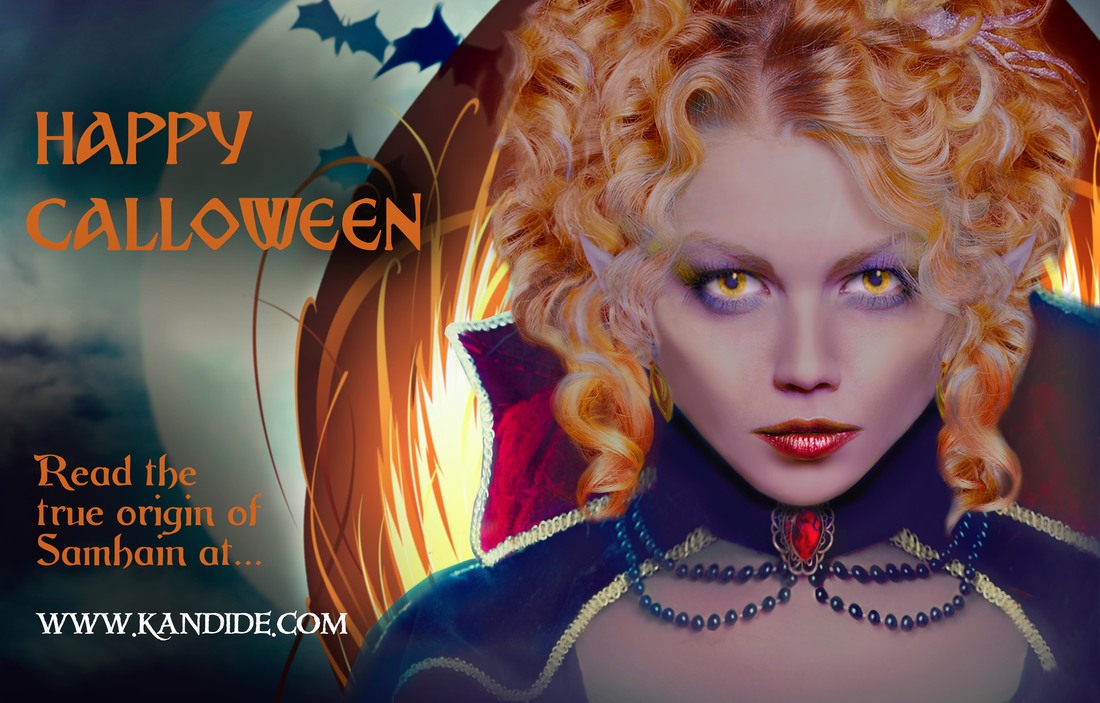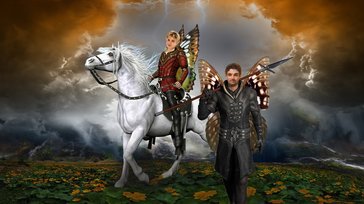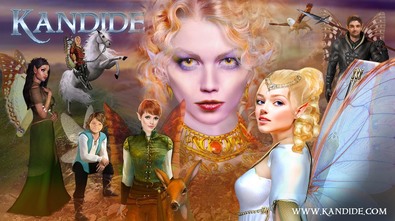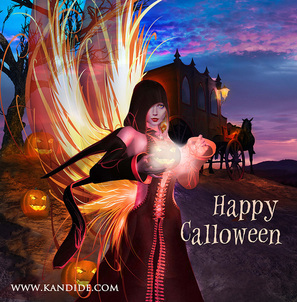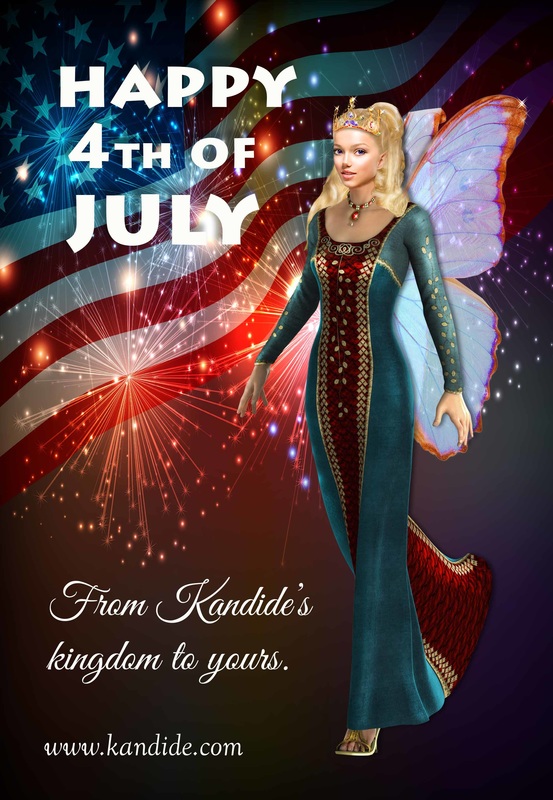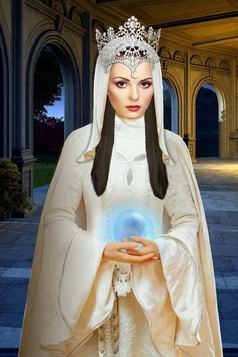Read all about the origins of this ghoulish night...
Look not upon Halloween’s Celtic beginnings. For it is in the land of the Fée where this ancient celebration actually began.
Updated by Lord Rössi – 26,869 BT (October, 2019)
Between summer’s end and winter’s ascent, there is a night humans call Halloween. Here is the true story of this otherworldly celebration according to the great Fée scholar and Historian, Lord Cerin Rössi. His research is vast and ancient. His knowledge has been handed down from the beginning of time and recorded in the Royal Library of Calabiyau. And now he has made several updates to the telling since his fist interview in 2017...
“During the darkened hours between October 31st and November 1st,” Lord Rössi explains, “the veil between three distinctly different dimensions—that of the Fée, that of the Immortals, (the souls of those who have passed) and that of Humans—is lifted to allow the synchronized transition of one season to another.
“This night called Halloween,” Lord Rössi continues, “was known to the pre-Christian Celts as Samhain, (pronounced sow’ ween) and was a festival that celebrated both the end and the beginning of the eternal cycle of life, death, and rebirth. Samhain came from the Gaelic words sam, taken from the word samrad meaning summer, and fuin meaning end, hence the end of summer.”
“Later,” he continues, “early Christian missionaries changed it to All Saints Day or All Hallows Day—hallows meaning holy—and celebrated it on November 1st. The night of October 31st continued to be celebrated by the Celts as the time that otherworldly beings, including Immortals and the Fée, walked with humans. It became known as All Hallows Eve and then was shortened to Hallowe’en.”
“As with many ancient traditions,” Lord Rössi goes on to say, “the true origin of Halloween began much earlier, at a time when humans and Fée lived in harmony—each playing an important role in the survival of the other. A time when all ancient beings—human and otherworldly—understood and respected the workings of nature. And all worked together to preserve and celebrate each phase of nature’s eternal cycles.”
“The changing of the season,” Lord Rössi continues, “from summer to fall enables nature to prepare for its long winter rest—the time when the earth sleeps, slumbering beneath a mask of white until the warmth of spring beckons forth a new burst of life.”
“Since the beginning of time, the Faery folk have celebrated this important night with sweet-feasting, warming fires, and curious masks. On this night, children are allowed to indulge ’til their heart’s content on all their favorite treats.”
“The original significance of wearing masks,” he continues, “is not unlike the covering of snow upon the earth. Masks were used to mimic this effect by covering the face with empowering tranquility. As time went by, the masks, which were originally white and serene, began to be more colorful and festive. We Fée, after all, love color and gaiety.”
“Many of these celebrations were held jointly with humans. You see, during this night, when the veil that separates our worlds thins, Fée and Immortals, alike, are able to roam about the human realm. We must, however, return before the festive fires transform into the fiery glow of the morning sun and the veil thickens, once again dividing our three worlds. Failure to do so can be catastrophic to Fée and human alike, because Immortals who do not return to their own dimension require energy from other beings—Fée or Human—to stay alive. It’s not so much that they are evil, they simply want to survive until a portal can be found for their return.”
“In later years, humans began to change their beliefs, blaming Fée for the foul deeds of Immortals. Instead of celebrating with us during this night, some humans attempted to destroy us. To protect ourselves, we crafted masks that looked like other worldly beasts. The intent was to scare ill-intended humans away while celebrating with those who still held to the beliefs that all creatures should live in harmony with each other and nature. Sadly, the scary masks only served to deepen the mistrust between humans and Fée, and more and more we were blamed for the misdeeds perpetrated by the Immortals.”
“But that is another story,” Lord Rössi insists. “This one is about the origins of Halloween. The night was originally called Calloween, a name given by the Fée in year 1 BT. (Beginning of Time) In the language of our elders, cala or calo means land. Cala refers to the high lands, and calo to low lands. Ween, (pronounced veen) in the ancient language of Faery means to rest or sleep. The word Calloween, therefore, means land at rest. Since most Fee live in the low lands, the o was adopted instead of the a.
The second ‘l’ was added by my great, great, great, great grandfather, Lord Albin Rössi, who was also a historian, around the time Samhain changed to All Hallows Eve. I believe the reason was to make our name for the celebration seem more familiar to the human name. But of that, I am not completely certain.”
“Of all the celebrations,” Lord Rössi continues, “Calloween is perhaps the most important to the Fée. For without slumber, life’s energies cannot be renewed. New life cannot spring forth. And nature’s cycles cannot revolve. ”
“We, of course, still celebrate Calloween, but most Fée do not venture into the human realm on this most sacred of nights. It’s just too dangerous. Immortals, however, are another story. So be warned, whatever you call this magical time—Halloween, Samhain, All Hallows Eve, or Calloween—it is not a night to venture out alone—even with the scariest of masks.”
“Now you know the truth. Happy Calloween from our world to yours."
Lord Cerin Rössi
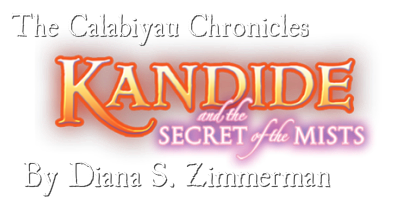
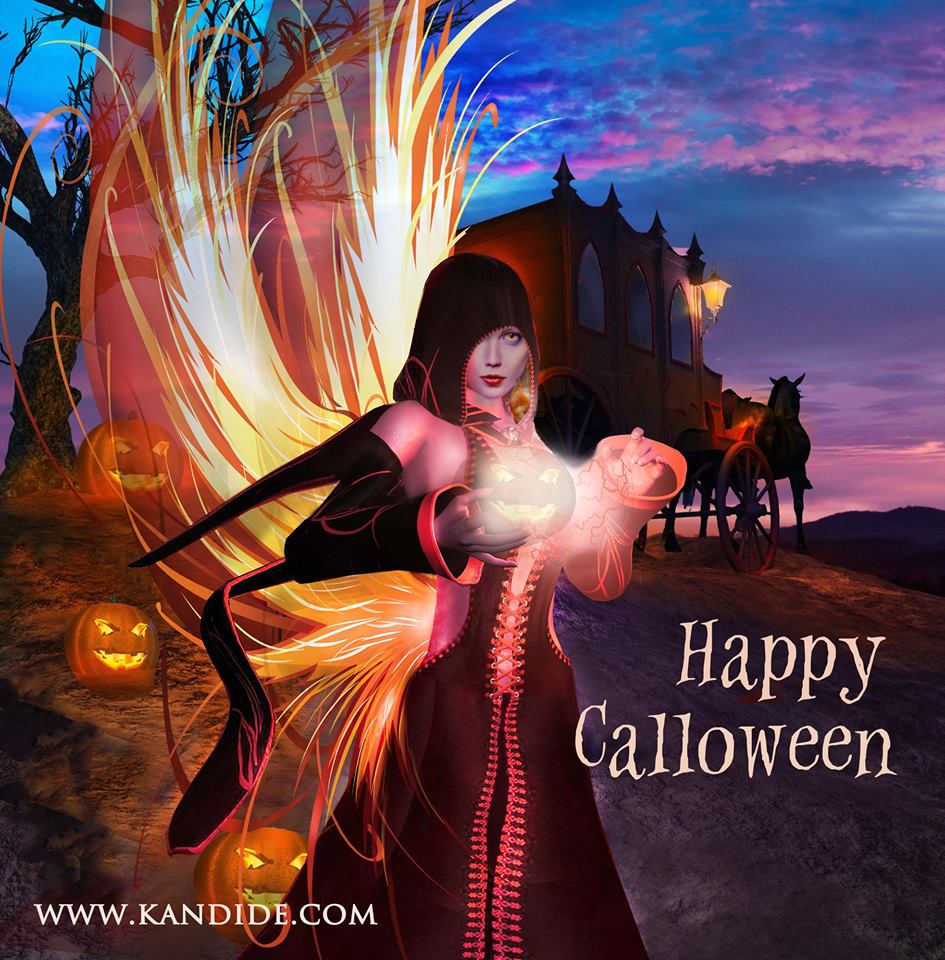
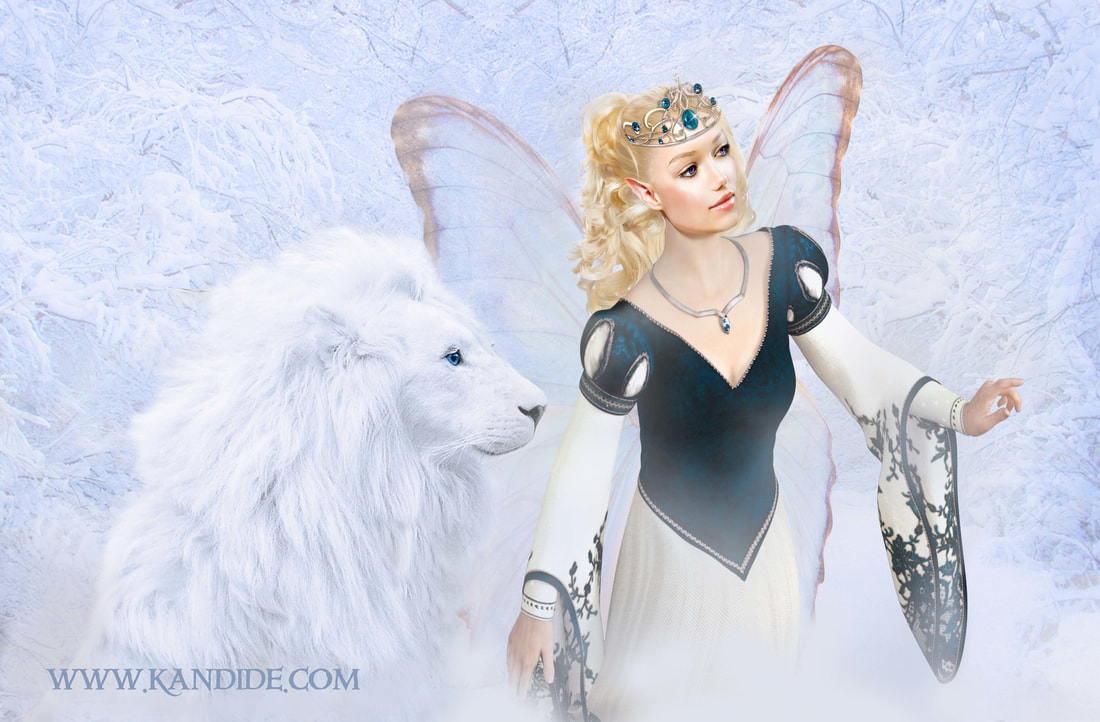
 RSS Feed
RSS Feed 